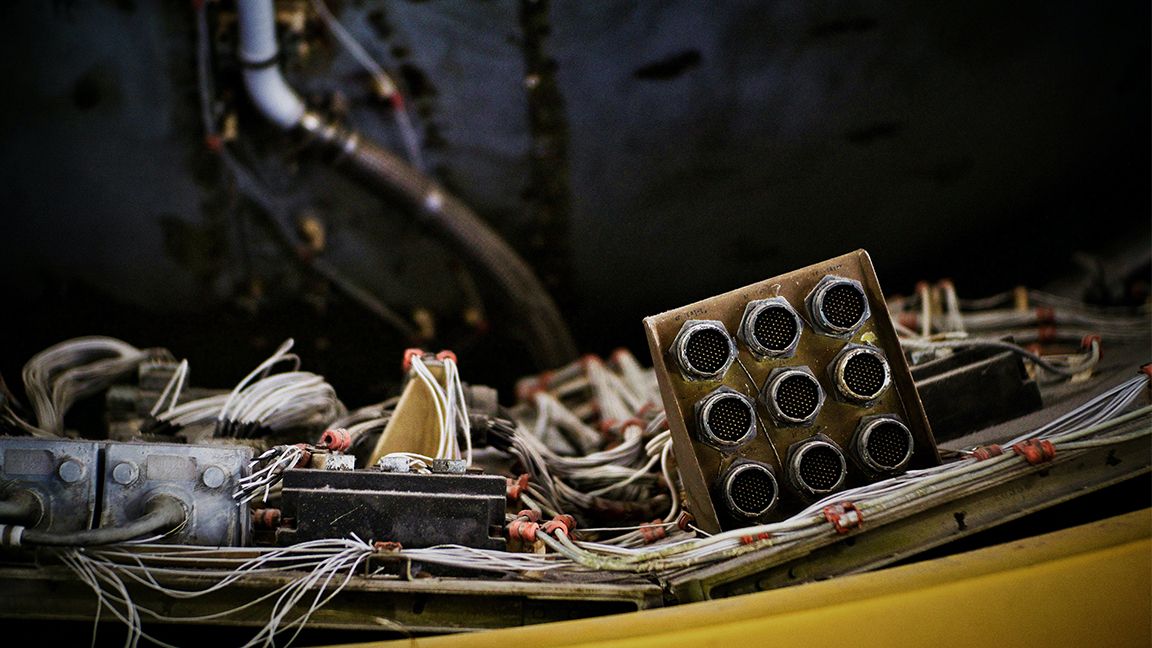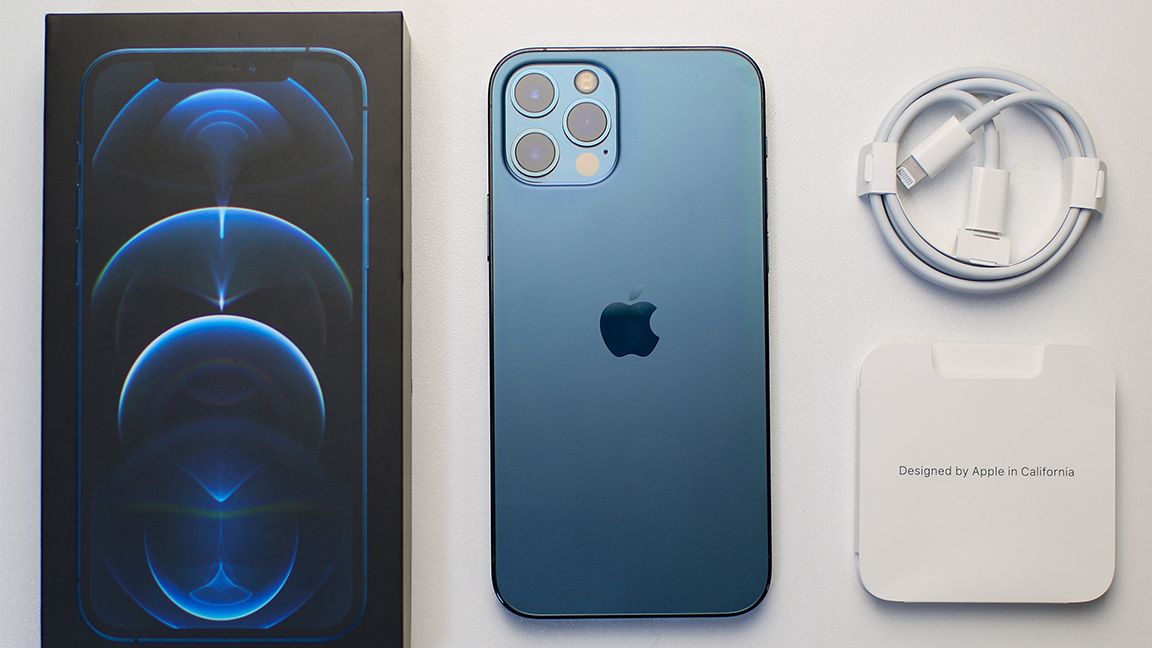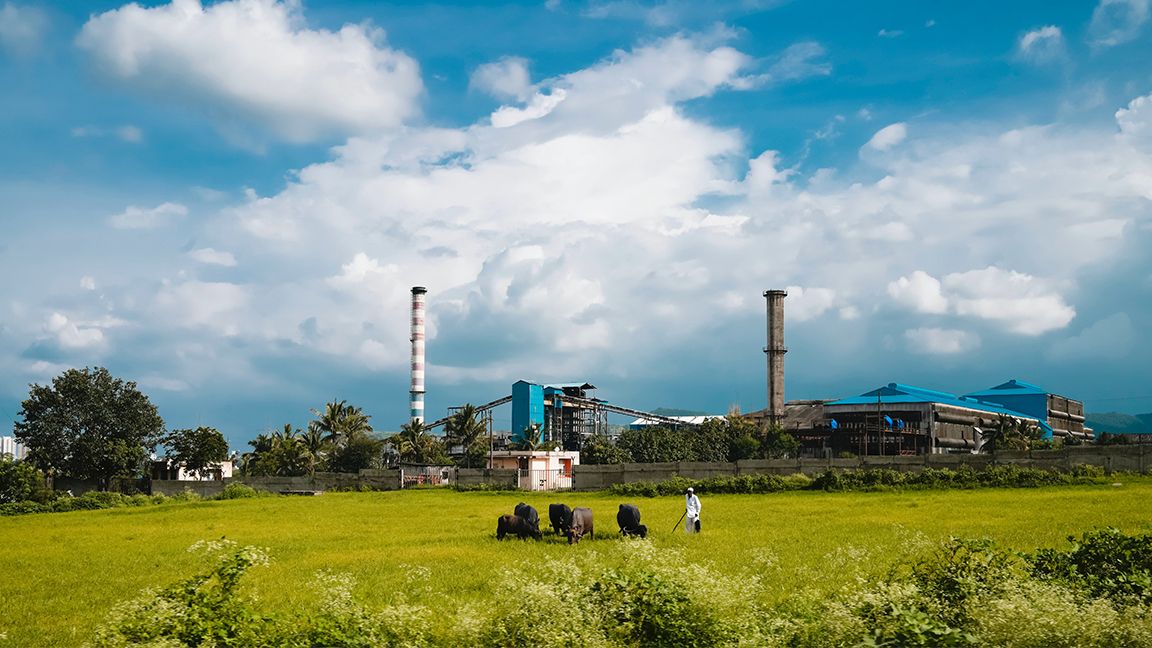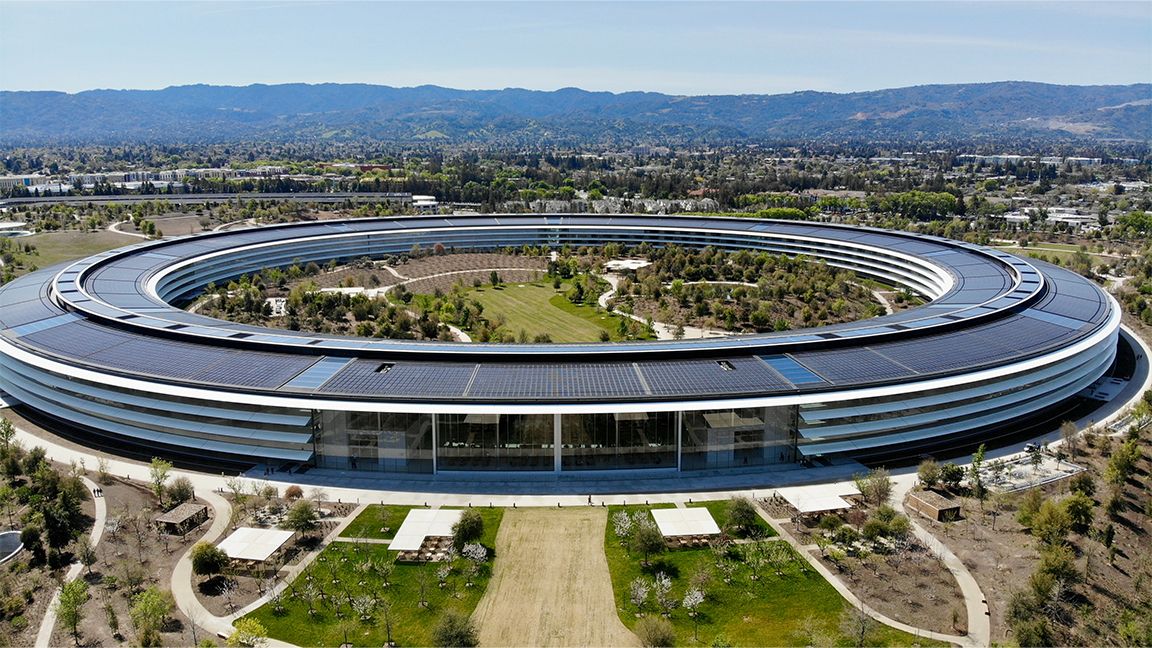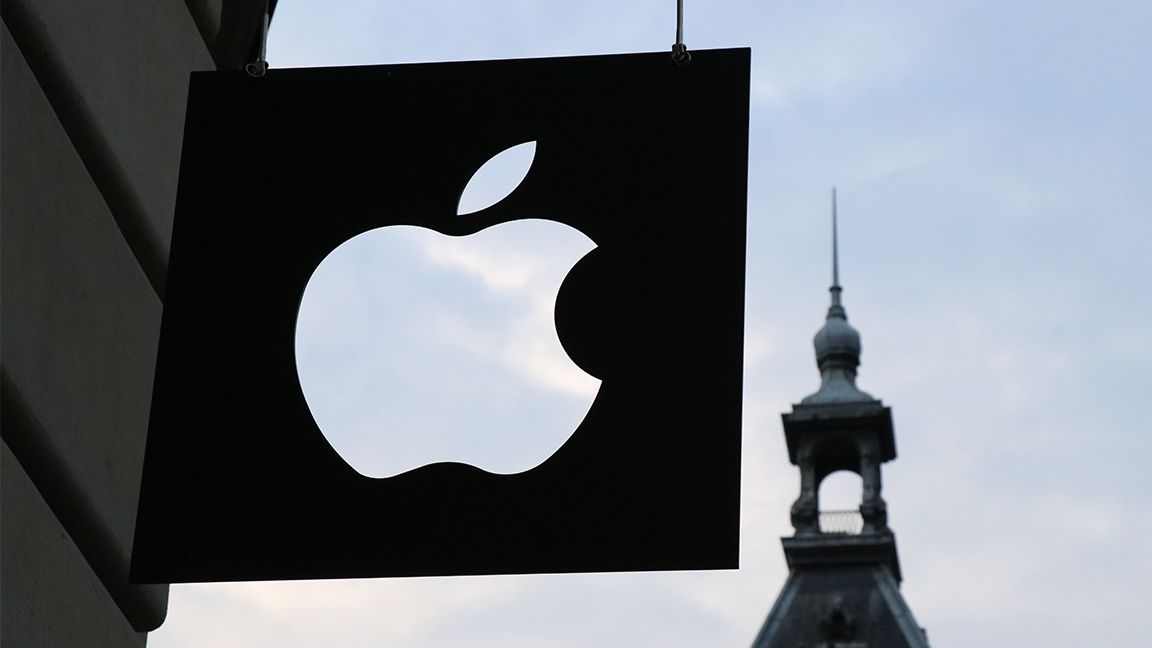In recent years, Apple has really made a name for itself as an environmentally conscious company. The company often talks about its environmental initiatives, climate pledges, and reducing its overall carbon footprint.
Although it’s great to see corporations becoming more environmentally conscious, are Apple’s words really about change, or are they just part of a carefully crafted corporate image? Below, we’ll discuss why Apple isn’t really as green as you think.
The Real Cost of Making Your iPhone
Everyone knows iPhones aren’t cheap. But although they can definitely put a dent in your savings, the cost to the environment might be even higher.
Apple says that 70% of its carbon emissions come from manufacturing alone. And Compare and Recycle estimates that iPhone manufacturing in 2022 alone will generate a mind-boggling 17 megatons of CO2 emissions. However, the environmental impact of the iPhone starts long before the assembly line.
Mining materials like cobalt and lithium—components essential for electronic devices—also have a very real impact on the environment. Euronews reports that about 2.2 million liters of water are needed to produce just a single ton of lithium. And that water is often diverted from homes and communities that need it, creating an immediate and drastic effect on nearby communities.
Mining not only negatively impacts the environment, but there’s a growing human cost involved too. The Guardian reported in 2019 that Apple was named in a US lawsuit over child mining deaths in the Congo.
The Growing E-Waste Problem
For years, people have criticized Apple making decisions that subtly encourage people to throw devices instead of fixing and upgrading them.
One of the ways Apple does this is by making it difficult to fix your iPhone. Apple doesn’t sell genuine parts to third-party repair shops, meaning if you want to get your iPhone fixed with genuine parts, you’ll need to head to an Apple Store or Apple-authorized repair center.
Unfortunately, first-party repairs from Apple aren’t cheap. So, if you don’t spring for an AppleCare+ warranty, iPhone screen replacements can go for as much as $379 and cracked back glass could set you back as much as $549. And even if you’re pretty good at taking care of your devices, you might be forced to upgrade anyway.
A top-end MacBook Pro will set you back over $6000, but it’s not user-upgradeable down the line in the slightest. In fact, Apple hasn’t released a MacBook with upgradeable RAM or internal storage since 2015, meaning something as simple as a hard drive running out of space could force you to buy an entirely new computer.
No Charger Included: Is It Really Better for the Environment?
For years, it was a given that when you went out and bought a new piece of tech, it would come with a few accessories, most importantly, a charger. But in 2020, with the announcement of the iPhone 12 lineup, Apple made the extremely controversial decision to stop including chargers on all new iPhone models.
Apple’s explanation was that the majority of iPhone buyers already owned multiple chargers and that this decision meant that “70% more devices can fit on a shipping pallet on their way to users, allowing the company to stock shelves faster and reduce yearly carbon emissions by 2 million metric tons.”
While that definitely sounds positive, keep in mind that at the same time, Apple began shipping all new iPhones with a Lightning to USB-C cable instead of the older Lightning to USB-A connector. Although USB-C has better specs, this new cable wasn’t compatible with the 2 billion iPhone chargers already on the market. So, most users had to buy a new charger anyway, adding to the growing e-waste problem.
Selling iPhones for the same price, minus the charger, definitely let Apple boost its profit margins. But did it really make a positive impact on the environment? It’s something worth pondering.
Carbon Credits: How Much Are They Actually Worth?
Apple spent four years and over $5 billion building the spaceship-themed Apple Park HQ. But although many have called it the greenest building in the world, the manufacturing process of iPhones and other devices is still far from green. So, does Apple turn a huge global manufacturing and distribution network green? The answer is something called carbon credits.
When big companies want to “go green,” they mainly do this by not making their actual business more environmentally friendly. But instead, by paying someone else to offset their pollution with carbon credits.
Many of Apple’s environmental goals are only possible because of these carbon credits. That means that while Apple’s supply chains still generate a huge amount of CO2 and other greenhouse gasses, it sponsors enough environmental initiatives that, in theory, neutralize the impact.
However, many analysts have questioned whether carbon credits actually work. In 2019, ProPublica reported that carbon credits often did not come close to delivering on the impact on emissions they promised.
Although carbon credits and other methods of offsetting emissions are a convenient way for Apple to meet its environmental goals, some critics say they can actually do more harm than good.
Apple and Greenwashing
There’s no question that PR is a huge concern for most companies, and Apple is no exception. Simon-Kucher & Partners’ Global Sustainability study found that 50% of consumers listed sustainability as one of their top five criteria when making purchasing decisions. So, being environmentally friendly, or at least appearing to be, is big business.
Some people have even accused Apple of greenwashing itself. Although Apple claims it goes to great lengths to save and recycle used devices when possible, many have questioned whether that’s actually true.
The Washington Post reported in 2020 that GEEP Canada, one of Apple’s recycling contractors, recycled over 100,000 iPhones marked for disposal. However, Apple responded by filing a lawsuit against the company instead of applauding the decision. So, although Apple is definitely focused on appearing green, profits still drive most of its decisions.
Apple’s Plan for the Future
Although many of Apple’s environmental practices are questionable, the company does have some strong initiatives planned for the future. Even though the impact of carbon credits is questionable, Apple is already carbon-neutral for its corporate operations. In 2020, the company made an ambitious plan to become carbon-neutral company-wide, including manufacturing and supply chain operations.
The company also plans to spend $4.7 billion in green bonds to sponsor clean energy development. And in 2021, the company announced that 110 of its worldwide manufacturing partners were moving to completely renewable energy sources.
Apple has also committed to using more recycled materials in its products. The Cupertino-based company says that almost 20 percent of all materials used in its products in 2021 were recycled.
Apple Definitely Isn’t Squeaky Clean
Apple deserves credit for committing to using more recycled materials, investing in renewable energy, and taking steps to reduce the company’s carbon footprint as a whole.
However, the company still often hides questionable environmental policies and over-inflates the positive impact of its efforts. Remember that just like every big corporation today, Apple has an army of PR managers and publicists working round the clock to paint the company in a positive light.
Let’s give Apple credit where credit is due, but remember to take everything the company claims with a grain of salt.



